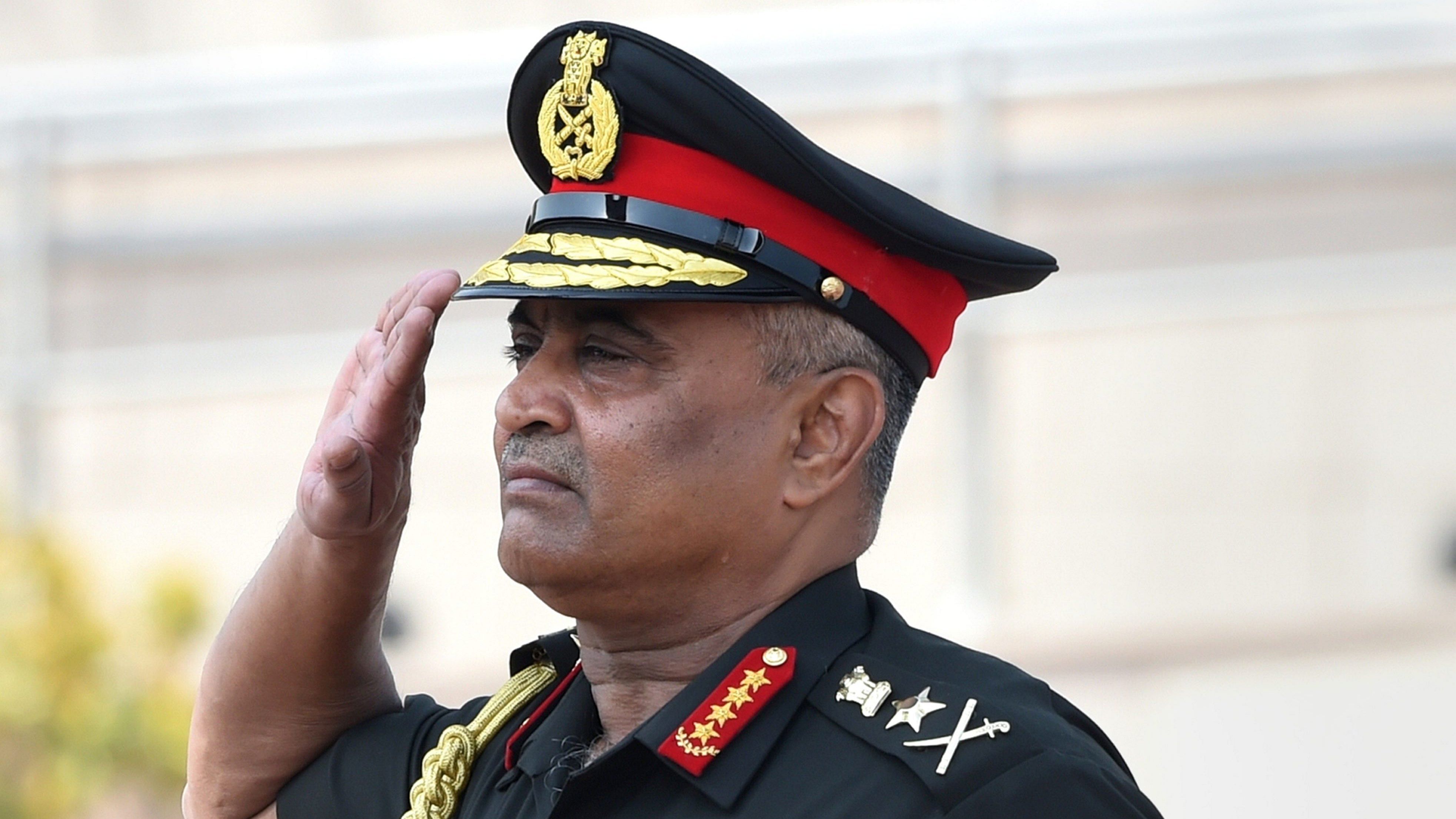
The government promoted Lt Gen Manoj Pande to the rank of General and appointed him Chief of the Army Staff (COAS or Army Chief) recently. This promotion-cum-appointment is a “first” because Gen Pande is an officer who was commissioned into the Corps of Engineers (known in the army as “Engineers”) and he is the first Engineers officer to be appointed COAS. Incidentally, “Corps” should be pronounced as “core”, not as “corpse”!
This writer, a veteran Engineers officer, has received queries from people who ask questions like: #When only a soldier can command the Army, how has an engineer been appointed as its Chief? #If an engineer can be Army Chief, why cannot a medical officer be Army Chief? #What command experience would an engineer have that can make him eligible for the post of Army Chief?
These are valid questions or doubts arising from not knowing about our Army. This brief article attempts to answer the questions.
First of all, who is a soldier? After successfully completing basic military training and taking oath to protect and defend the nation and the Constitution of India, every Jawan (Sepoy) and every Officer (Lieutenant) begins life as a professional soldier.
In order to fight battles and wars, the Army is organised into “Arms” and “Services”. There are six Arms, namely, Infantry, Armoured Corps, Artillery, Engineers, Corps of Signals, and Aviation Corps. Soldiers of these Arms are trained for their respective specialised roles, which are directly connected with combat. The actual fighting is done by Infantry and Armoured Corps soldiers, supported during combat by the other Arms.
The soldiers of the Services are trained to provide essential logistic cover in the field, to enable the Arms to fight – by the Army Ordnance Corps (AOC) providing weapons, vehicles, equipment and ammunition, the Army Service Corps (ASC) for fuel and food supplies and transport, the Army Medical Corps (AMC) for medical cover, and the Corps of Electrical & Mechanical Engineers (EME) for repair of all military hardware.
Units of all Arms and Services are commanded by officers of the respective Arms and Services. Fighting formations – Brigades, Divisions, Corps and Army Commands – are commanded by officers from the Arms. The Services do not need such formations; so, after commanding their respective units, officers of the Services are posted in headquarters of fighting formations, to advise and assist the formation commander regarding their respective Services.
Even though soldiers of these Services may also serve in a battle zone, their functioning is focussed on providing vital logistic and medical cover, without which effective combat is impossible. Thus, officers of the Services are not trained for professional exposure and experience of combat situations and deployments, and it is not possible for them to assume command of fighting formations.
Reverting to the questions concerning Gen Manoj Pande’s promotion, providing some details of the role of Engineers in combat is necessary. Soldiers who are posted in the Corps of Engineers (Engineers) are primarily organised, equipped and trained for combat engineering tasks. Combat engineering tasks are executed in active combat situations, when bullets are flying, and artillery shells and bombs are exploding, to assist and support infantry and tanks to move and to fight. The tasks are such as, rapid bridge construction for immediate passage of armoured tanks and other vehicles (and later guns, reinforcements, etc.) across obstacles, or clearing safe lanes through enemy minefields, for our fighting forces to penetrate enemy defences in strength and engage with the enemy. Combat engineering tasks depend upon particular operational phases and requirements.
Some officers from Artillery, Engineers or Signals may be placed in command of fighting formations – beginning with a brigade and then division, corps and army command – if they satisfy time-tested, specific command, staff, training and performance standards. These same standards also apply to officers of Infantry and Armoured Corps. Only officers who have held these command appointments are eligible to be promoted to the rank of General, as Army Chief.
Gen Manoj Pande has had a brilliant career as a soldier, having successfully commanded fighting formations of infantry brigade, infantry mountain division, corps, joint services command and army command. In between these critical command appointments, he has held key staff appointments at different rank levels and was Vice COAS at the time of his promotion as Army Chief.
Several Engineers officers had in past years reached the rank of Lt Gen and commanded army commands, making them eligible for elevation to Army Chief. However, for one or the other reason, they were not promoted. All Army Chiefs so far have been from Infantry, Armoured Corps or Artillery. Thus, Gen Manoj Pande being promoted to the Indian Army’s top appointment is a proud moment for the Corps of
Engineers.